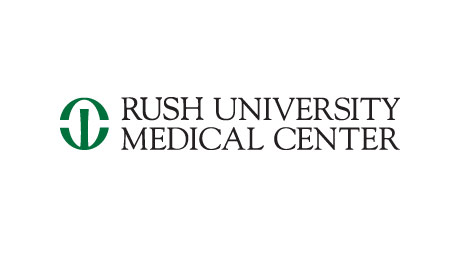Single-Level TLIF: Post-Fusion Rehabilitation
| Status: | Recruiting |
|---|---|
| Conditions: | Neurology, Neurology |
| Therapuetic Areas: | Neurology |
| Healthy: | No |
| Age Range: | 18 - 70 |
| Updated: | 8/30/2018 |
| Start Date: | August 21, 2017 |
| End Date: | August 2021 |
| Contact: | Susan A Dvojack, MS |
| Email: | susan_dvojack@rush.edu |
| Phone: | 3129426689 |
This investigation will assess how the timing and type of rehabilitation after a
transforaminal lumbar interbody fusion will affect the efficacy of the surgical procedure.
The efficacy of the procedure will be evaluated through patients' quality of life, measured
by health-related quality of life questionnaires up to 24 months following the procedure.
These measures will be compared to the patients' baseline value.
transforaminal lumbar interbody fusion will affect the efficacy of the surgical procedure.
The efficacy of the procedure will be evaluated through patients' quality of life, measured
by health-related quality of life questionnaires up to 24 months following the procedure.
These measures will be compared to the patients' baseline value.
Patients will undergo transforaminal lumbar interbody fusion for degenerative pathology at
the L4-5 vertebral level. They will be randomized to one of three postoperative
rehabilitation groups. Group 1 will receive "structured early rehabilitation" beginning at 7
weeks. Group 2 will receive "Delayed rehabilitation" beginning at 13 weeks postoperatively.
Group 3 will undergo "Self Rehabilitation" beginning at 7 weeks postoperatively. Groups 1 and
2 will undergo rehabilitation under the supervision of a certified physical therapist for 10
total weeks. Group 3 will undergo non-supervised rehabilitation for 10 total weeks, and will
be given educational materials regarding which exercises to perform and at which intervals.
the L4-5 vertebral level. They will be randomized to one of three postoperative
rehabilitation groups. Group 1 will receive "structured early rehabilitation" beginning at 7
weeks. Group 2 will receive "Delayed rehabilitation" beginning at 13 weeks postoperatively.
Group 3 will undergo "Self Rehabilitation" beginning at 7 weeks postoperatively. Groups 1 and
2 will undergo rehabilitation under the supervision of a certified physical therapist for 10
total weeks. Group 3 will undergo non-supervised rehabilitation for 10 total weeks, and will
be given educational materials regarding which exercises to perform and at which intervals.
Inclusion Criteria:
i. Single-level L4-L5 TLIF for degenerative pathology, including: radiculopathy, neurogenic
claudication, intervertebral disc disease, facet joint disease, degenerative
spondylolisthesis, degenerative myelopathy degenerative kyphosis and scoliosis ii. Back
and/or leg pain iii. Failed at least 3 months of conservative treatment
Exclusion Criteria:
i. Older than 65 years of age ii. Prior spinal surgery excluding laminectomy/discectomy
iii. Greater than Grade 2 spondylolisthesis iv. Greater than 10 degrees scoliosis v. Not
worked for greater than 6 months or unemployed as a result of lumbar condition vi. History
of spinal infection
We found this trial at
1
site
1653 W. Congress Parkway
Chicago, Illinois 60612
Chicago, Illinois 60612
(312) 942-5000

Principal Investigator: Frank M Phillips, MD
Phone: 312-942-6689
Rush University Medical Center Rush University Medical Center encompasses a 664-bed hospital serving adults and...
Click here to add this to my saved trials